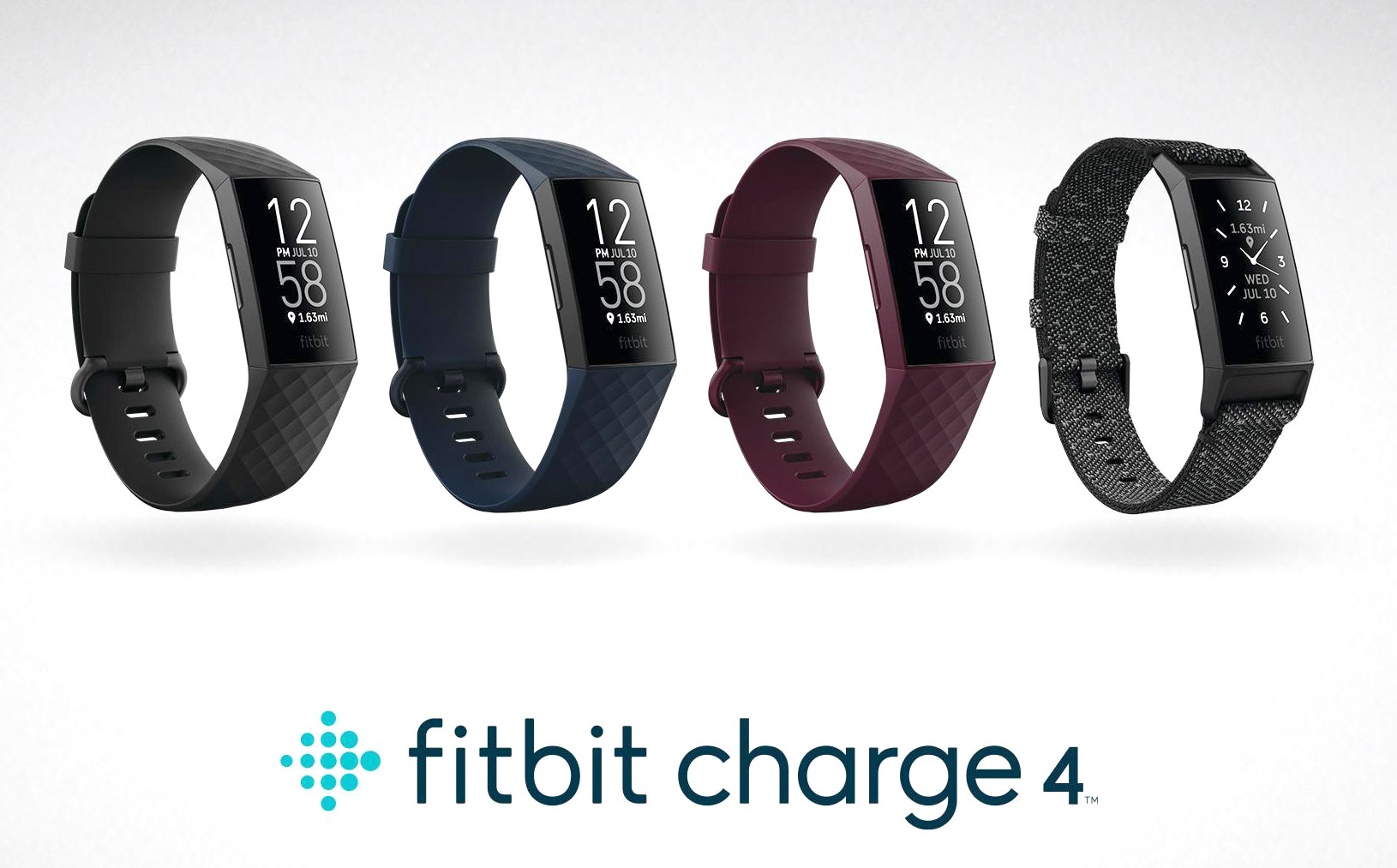
And the whole process has a sort-of meditative lilt that will probably leave you feeling less stressed once it’s all over. This time it monitors for changes in electrical activity that suggest you are sweating more, and interprets these as a stress indicator.Īssuming this feature works as it does on a Fitbit Sense, you’ll be asked to wait for a couple of minutes as the Charge 5 does its thing. Once again, you hold your digits to the panels and wait while the Charge 5 takes a recording.

This uses the same panels as the ECG sensor. The Fitbit Charge 5 also gains the EDA sensor introduced in the Fitbit Sense. Of course, that is not to say a very fast (tachycardia) or slow (bradycardia) heart rate isn’t necessarily a diagnosable condition in its own right.

This is more about health than fitness, in a tracker context, as an abnormal sinus rhythm may be something to talk to a healthcare professional about.


 0 kommentar(er)
0 kommentar(er)
